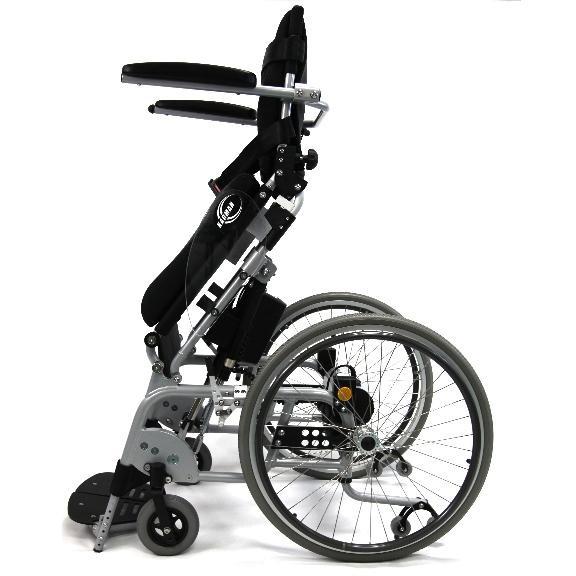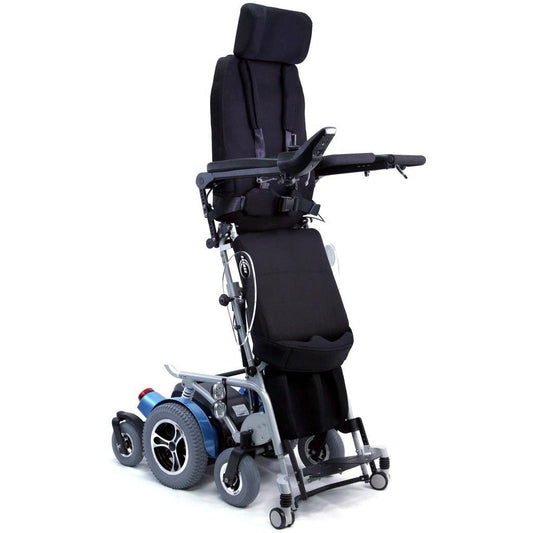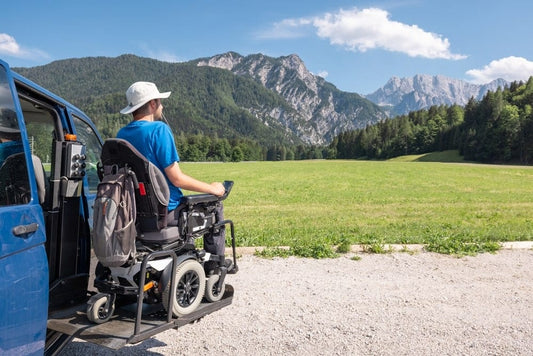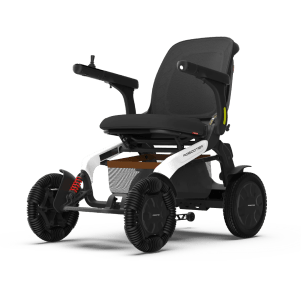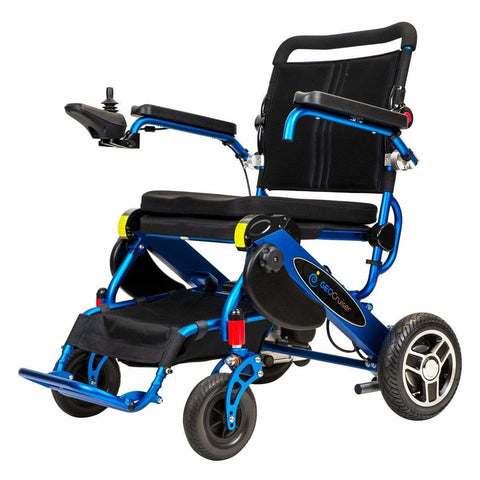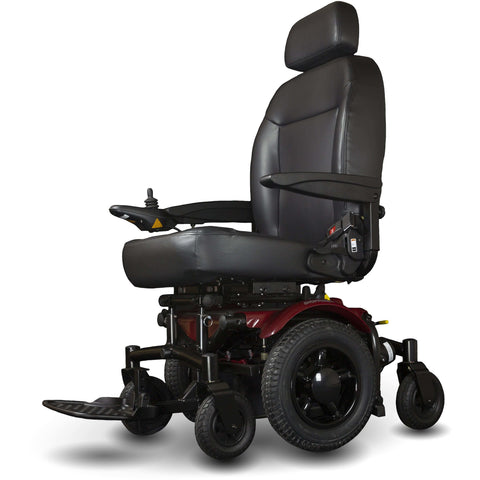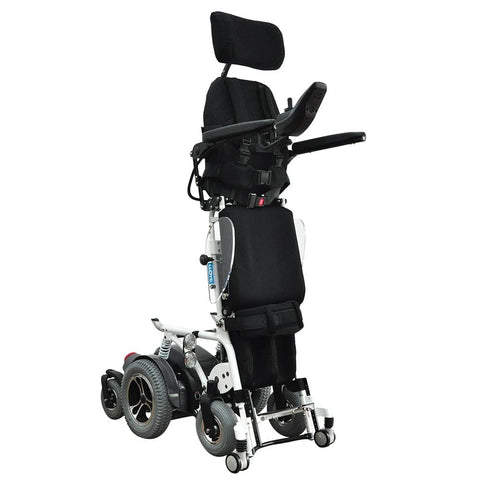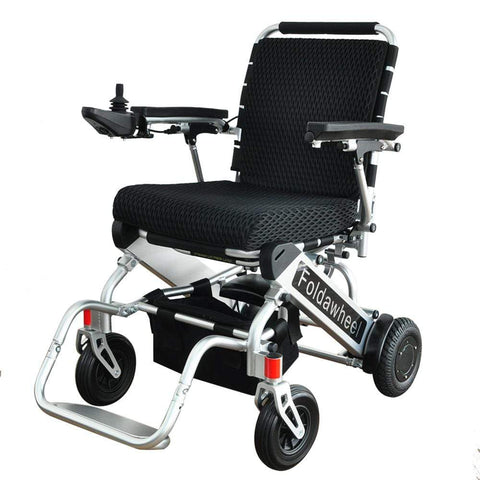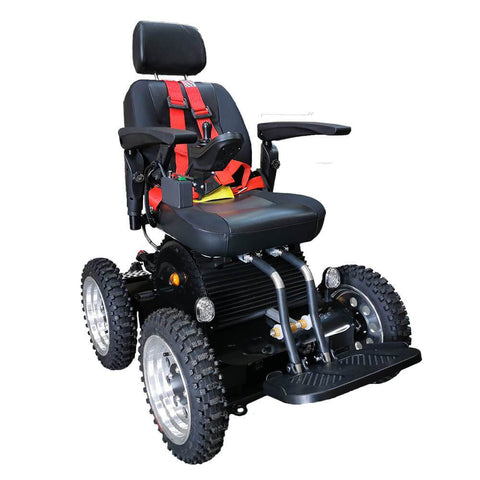The evolution of wheelchair technology has ushered in groundbreaking innovations, and among these, stand up wheelchairs have emerged as a beacon of independence and versatility. These wheelchairs are designed to provide mobility and aid users in transitioning into a standing position, offering a broad spectrum of physical, psychological, and social benefits. However, such advancements come with their own set of challenges.
Understanding Stand Up Wheelchairs
Stand up wheelchairs, often referred to as wheelchairs that help you stand, are powered devices designed to assist users in achieving a standing position, either through manual or motorized mechanisms. Their unique construction incorporates additional support systems such as knee supports, chest harnesses, and powered actuators, ensuring safety and comfort during the standing process. These devices are particularly tailored for individuals living with spinal cord injuries, muscular disorders, or conditions affecting lower-limb mobility, making them essential in enabling heightened accessibility and autonomy.
Advantages of Stand Up Wheelchairs
1. Improved Physical Health
Standing offers numerous physiological advantages that are often challenging for individuals who spend significant amounts of time sitting.
a) Enhanced Circulation and Cardiovascular Health
Extended periods of sitting can impede circulation, leading to complications such as blood clots or edema. A standing wheelchair encourages blood flow to the lower extremities, effectively reducing these risks and promoting cardiovascular health.
b) Bone Health Benefits
One of the most significant advantages of standing positions is improved bone density. Regular standing can help reduce bone resorption, mitigating the risk of osteoporosis—a condition prevalent in individuals with limited mobility.
c) Reduced Pressure-Related Complications
Pressure sores or ulcers are a critical concern for wheelchair users. Stand up wheelchairs help redistribute pressure from sitting areas to other parts of the body, reducing the likelihood of skin breakdown.
d) Strengthening Muscles and Core Engagement
Standing challenges the body’s musculoskeletal system, prompting core muscle engagement and supporting muscle tone over time.
2. Increased Independence and Accessibility
The ability to transition into a standing position offers a profound sense of empowerment and independence. Tasks that are otherwise difficult or impossible can become manageable. Everyday activities—reaching high shelves, maintaining eye-level conversations, using standing workstations—are made accessible through this innovative mobility solution.
3. Psychological and Social Benefits
The ability to stand and interact at an eye-to-eye level can improve confidence and foster better social interactions. For many users, standing offers a greater sense of normalcy and connection in social and occupational settings. This empowerment extends beyond the individual to create a more inclusive environment.
4. Expanded Recreational and Adventure Opportunities
For outdoor enthusiasts, standing wheelchairs enhance the ability to partake in various activities, such as archery, golf, or trail exploration. These devices redefine mobility, offering adventure seekers possibilities beyond traditional wheelchair use.
5. Long-term Cost Efficiency
While stand up wheelchairs may represent a significant initial investment, they can reduce long-term health costs related to medical issues from prolonged sitting, such as physical therapy treatments or hospitalizations for pressure sores. From this perspective, many view the cost as an investment in both health and quality of life.
Challenges and Limitations of Stand Up Wheelchairs
While the benefits of stand up wheelchairs are substantial, aspiring users should also consider the challenges associated with their adoption.
1. Cost Barriers
Stand up wheelchairs are technologically advanced and often come with a high price tag. The added cost of customizations, features such as powered standing functionality, and maintenance can make these devices financially prohibitive for some users. Although insurance coverage is sometimes available, access differs by region and policy, leaving many individuals or families to bear the costs.
2. Increased Weight and Size
Unlike standard power wheelchairs, stand up models are typically heavier and bulkier, making them less suitable for environments requiring frequent lifting or transport. Portability may also be an issue for users living in apartments without ramps or elevators, as these devices require convenient access and storage space.
3. Maintenance Concerns
With added functionality comes increased maintenance. The advanced mechanics necessary for standing capabilities demand regular servicing to ensure reliable performance. Additionally, any malfunction in the standing mechanism could inhibit the wheelchair’s regular operation.
4. Adaptation and Learning Curve
Using a stand up wheelchair involves adapting to new controls, securing the body into upright positioning, and addressing individual physical requirements. This learning curve may deter some users, especially those unfamiliar with powered mobility devices.
5. Accessibility Limitations in Public Spaces
While a stand up wheelchair expands personal mobility, not all environments are designed with such technologies in mind. Uneven terrains, narrow doorways, and inaccessible transport can still pose challenges, particularly during outdoor excursions or travel.
6. Health Eligibility
Medical professionals must assess whether a stand up wheelchair is suitable for a user, as prolonged standing may exacerbate certain health conditions like severe joint issues or circulatory problems. This restricts availability to some individuals seeking the benefits of these mobility aids.
Is a Stand Up Wheelchair Right for You?
Determining whether a stand up wheelchair aligns with your lifestyle and needs requires careful consideration of both the benefits and limitations. Individuals seeking better health outcomes, increased independence, and greater participation in activities may find these devices life-changing. However, potential users must weigh the financial investment, transportation considerations, and maintenance responsibilities.
Always consult with healthcare professionals and mobility specialists to understand your specific requirements. At mPOWER Chairs, we assist clients in navigating these decisions by providing personalized consultations, ensuring informed choices when selecting mobility solutions.
Explore the Possibilities with mPOWER Chairs
Stand up wheelchairs are a testament to how technology can drive meaningful change in the lives of wheelchair users. By offering newfound autonomy and expanded capabilities, such devices are unlocking a world of potential for wheelchair users everywhere.
At mPOWER Chairs, we are committed to empowering our customers through cutting-edge mobility solutions. Whether you’re just beginning to explore stand up wheelchairs or are ready to make the leap, our team is here to support your journey.
Visit our website to learn more about the best wheelchairs that help you stand and explore our wide range of power wheelchair solutions tailored to fit your lifestyle.

